This online library is a clearinghouse of tools and information related to habitat on rights-of-way and other lands. From seed mix calculators to mowing guidelines and everything in between, you’ll find it here.
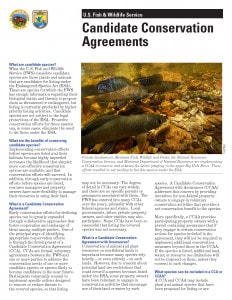
This fact sheet developed by the U.S. Fish and Wildlife Service provides an overview of Candidate Conservation Agreements. It briefly covers questions about candidate species, types of agreements, and the process for developing agreements.
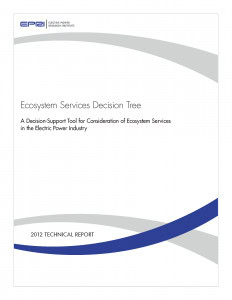
Case Studies and Research, Planning Tools, Policy and Publications
The Electric Power Research Institute developed a decision-support tool EPRI has developed a “Decision Tree” to determine WHY to consider ecosystem services (e.g., stakeholder pressure, regulatory obligations, financial benefits), WHEN to consider ecosystem services (e.g., land sales/purchases, changes in land management protocols), and HOW to consider ecosystem services (e.g., what actions could be taken).
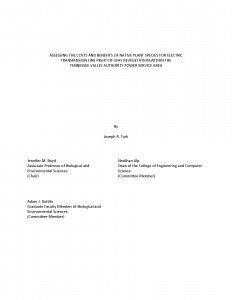
Case Studies and Research
This thesis submitted by Joseph R. Turk to the Faculty of the University of Tennessee at Chattanooga contains an assessment that compares the cost savings of native warm season grasses versus exotic cool season grasses alongside rights-of-way as vegetation alongside ROW’s has to be managed.
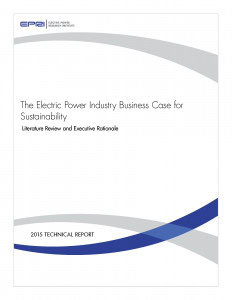
Case Studies and Research, Planning Tools, Policy and Publications
This technical report prepared by the Electric Power Research Institute’s Electric Sustainability Interest Group provides a literature review on the business case for broad corporate sustainability and a summary of information to inform executive decision makers.
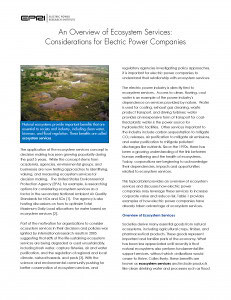
Case Studies and Research, Planning Tools, Policy and Publications
This topical brief prepared by the Electric Power Research Institute provides an overview of ecosystem services and discusses how electric power companies may leverage these services to increase corporate value and reduce risk.

Assessment Tools
The Monarch Butterfly Wildlife Habitat Evaluation Guide (WHEG) and Decision Support Tool: Greater Appalachian Mountains Region is used by NRCS staffs as a planning tool to evaluate current habitat conditions at the assessment area scale, not at the farm or ranch scale. Following the assessment, a rating is assigned to each assessment area within the farm or ranch.

